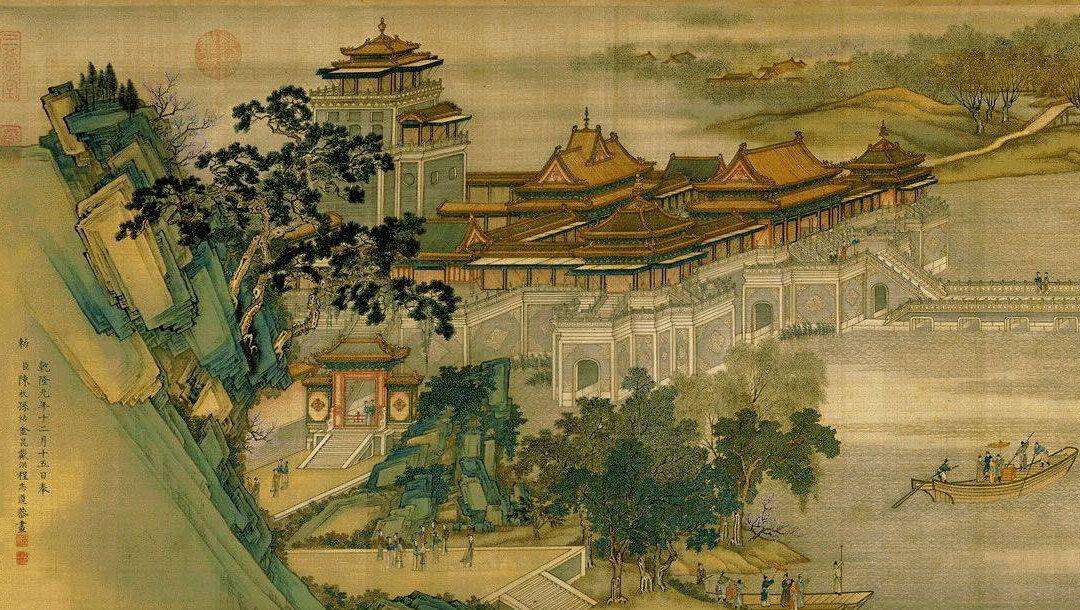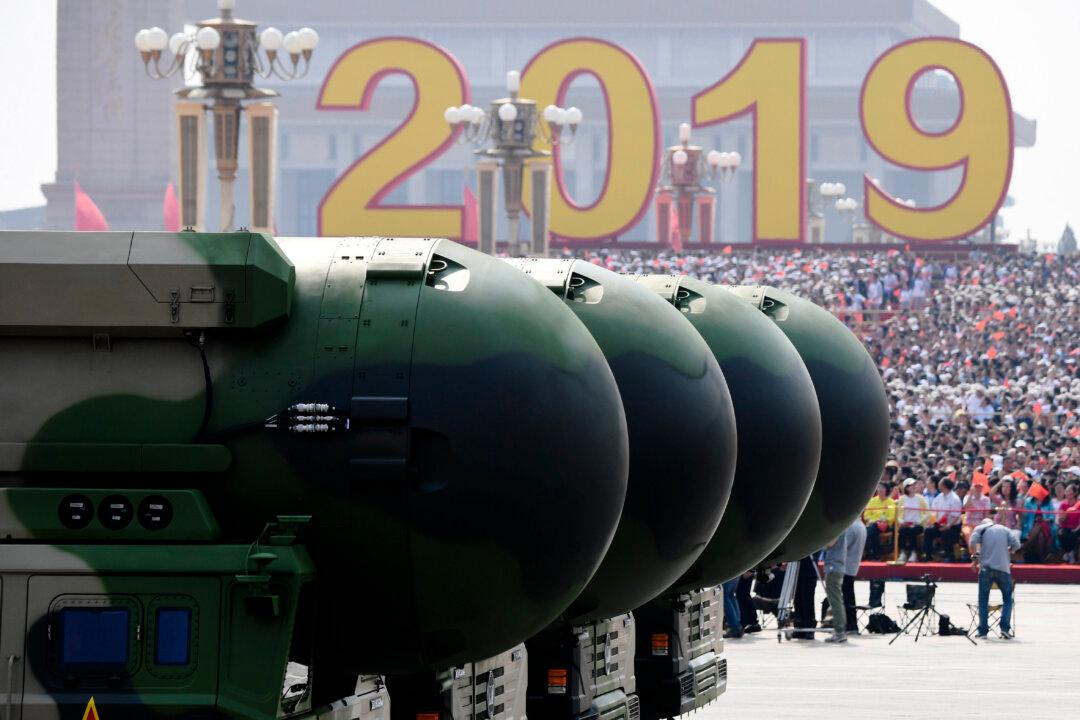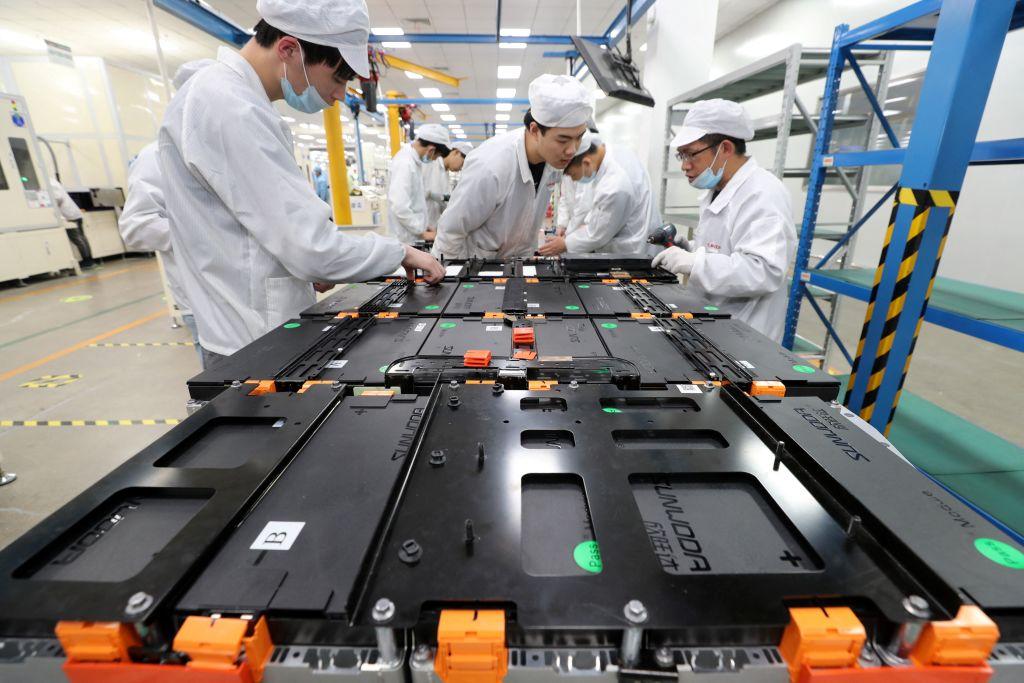The Mid-Autumn Festival is one of China’s most ancient and popular traditions, best-known as a time for families and friends to get together and feast on mooncakes while they remember the legend of the lunar goddess Chang'e. This year, it will come on Sept. 27.
Called “Zhongqiu” in Chinese, the festival has its first recorded origins in the 3,000-year-old rituals of the early Zhou Dynasty (1046–771 B.C.). It falls on the 15th day of the eighth month in China’s traditional calendar, which combines 13 lunar months with 24 “jieqi,” usually rendered in English as “solar terms.”
Zhongqiu is a joyous occasion that celebrates the solar term of the autumnal equinox, when farmers traditionally collected their hard-earned summer harvests. On a more spiritual level, the full moon that often appears on this day is regarded as a symbol of completion, so the Mid-Autumn Festival is the day of union for families and lovers, especially those long-separated.
Cycles of the Moon and Sun
Because the Chinese calendar combines both lunar months and solar terms, it is called a lunisolar calendar. The names of the 24 solar terms, six per season, each correspond to a change in weather important for pastoral life around the Yellow River Valley, China’s cradle of civilization.





